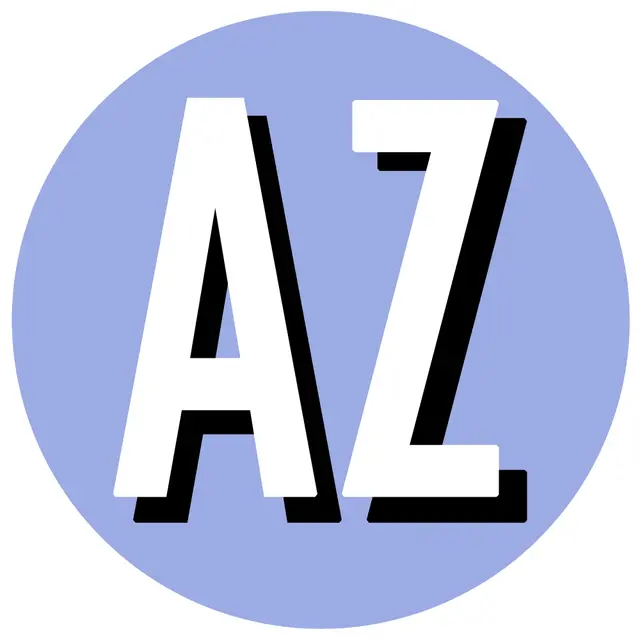This book is infuriating. You go to look up, say, Raymond Unwin, but on the way you are distracted by Urban Decay (‘a range of cosmetics launched in 2001, apparently aimed at the young and streetwise’). Then your eye lights on urban buzz, which has a reference to Gazzard’s Law of Urban Vitality. What’s that!? You turn back, and find it states that ‘it takes 100 Australians to create the same urban activity as 10 Italians’. Next to this is gay index, with a reference to Richard Florida. That irrationally prompts you to look up Seaside. And so randomly on, until you have forgotten all about Unwin and realise that another 20 minutes of your life has passed.
But you now know a lot you didn’t know before. The dictionary tells us that the term urbanism was first used by Idelfonso Cerda, the planner of the expansion of Barcelona, in 1867. But until the last ten years, urbanism (‘the study or appreciation of the processes of change in towns and cities; making towns and cities work; town (UK) or city (US) planning’) was the concern of a small number of specialists. Since John Gummer, Urban Task Force and CABE, it has now moved to a more central position in the country’s life, enlisting the contributions of a number of different professions. But regularly we baffle each other with the different expressions that we use, and the different meanings that we attach to the same expressions.
Rob Cowan is an experienced urbanist who has a foot in several camps: he is director of the Urban Design Group, an academic, an urban design consultant, and has contributed to several key publications on the subject in the last few years. One of the strengths of his book is that it collects words used by different groups - urban designers (visual appropriateness, permeable), architects (fenestration, orthogonal projection), highway engineers (modal split, road pricing), property developers (non-recourse finance, ground rent), town planners (structure plan, plot ratio), urban historians (Cutteslowe wall, Wenceslaus Hollar) - as well as from popular culture: squeegee merchant, giro drop and break dancing.
Cowan seems particularly keen on popular music associated with urban culture, with entries on The Clash, Dancing in the Streets, and hip hop among others. The promiscuous mingling in the book of higher and lower culture, of professional jargon and street slang, is rather like real life. His entry on built environment professionals’ dress sense, with anecdotes about Koolhaas, Libeskind and Mart Stam’s trousers, is hilarious. He is an opinionated lexicographer in the Samuel Johnson tradition, and writes with a dry humour. “Icon.....sometimes seems to be used to describe any building not specifically designed to be self-effacing”. Alison and Peter Smithson’s use of ‘streets in the sky’ at Robin Hood Gardens is ‘an arrangement traditionally used in prison’.
Terms used in US urbanism are often significantly different from ours, and are sometimes imported uncritically and misused: new urbanism is an important current example. Cowan includes lots of US expressions and distinguishes them from ours, and also words from French and German urbanism that we might sometimes hear. The book has elegant line drawings by Lucinda Rogers, who has the ability to make even the most mundane street scene look fascinating. Her drawings match the entries’ mixture of the learned and the demotic. She also draws portraits of many of the people featured in the dictionary, which I feel do not contribute so much.
Joe Holyoak is an architect and urban designer, and reader at Birmingham School of Architecture

